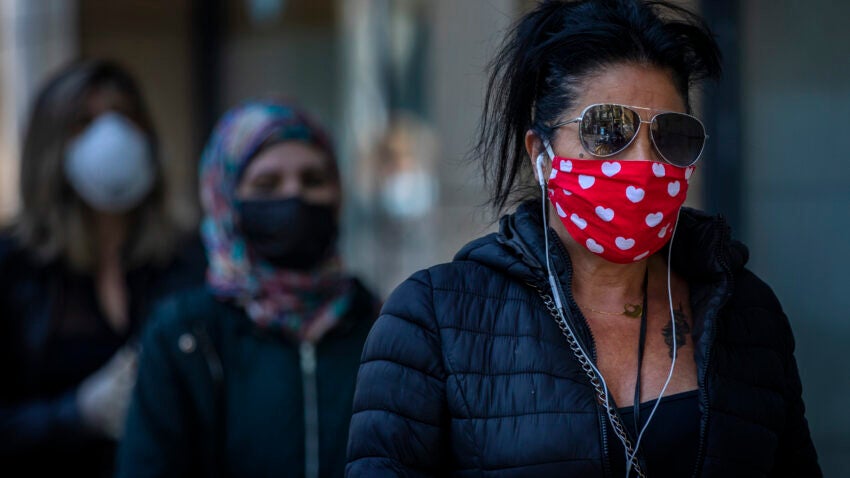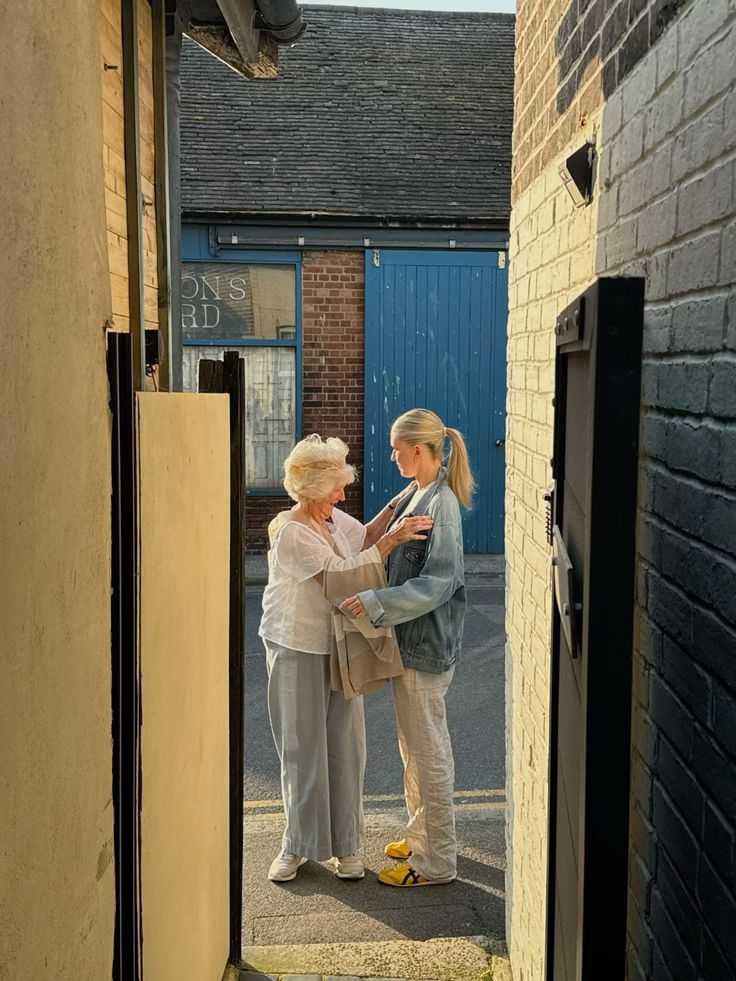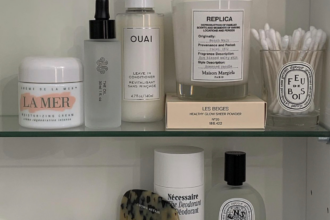As coronavirus continues to take its toll on populations worldwide, health officials have begun to reconsider their recommendations to protect the public. This week, the Center for Disease Control’s (CDC) recommendation that everyone wear a mask in public marked a major shift in the United States’ prevention strategy. How and why have guidelines changed completely? When should you wear a mask?
From the early days of the virus’ spread, health officials had warned against the public wearing masks due to widespread equipment shortages within the healthcare system. Masks were initially only necessary for those infected or those caring for an infected family member, as they prevent infected people transmitting the coronavirus to others.
However, as the coronavirus has been studied further, views on masking have changed drastically.
Health officials predict that up to 25–50% of those infected with the coronavirus may not show symptoms. Thus, the spread of the virus is likely being propelled those who don’t know they have it.
With large numbers of people serving as asymptomatic carriers of the coronavirus, the CDC is now recommending that everyone wear a mask in public, not for the protection of oneself, but for the protection of others who you may be unknowingly infecting.
The CDC recommends that any time you go into a “community setting,” whether that be a grocery store, pharmacy, etc., that you should wear a cloth face covering. It is important to note that wearing a mask does not replace social distancing.
Within Pennsylvania, Governor Tom Wolf announced that all Pennsylvanians should be expected to follow these new masking recommendations as well, echoing CDC guidelines.
Due to protective mask shortages for healthcare workers, the public is encouraged to make their own masks out of scarves, bandanas and other cloth materials.
Specifically, the CDC released these guidelines for cloth face coverings this week:
- Fit snugly but comfortably against the side of the face
- Be secured with ties or ear loops
- Include multiple layers of fabric
- Allow for breathing without restriction
- Be able to be laundered and machine-dried without damage or change to shape
Following this announcement, many took to social media with tutorials to make simple cloth masks for everyday use. The CDC released instructions for homemade masks with both sewn and non-sewn methods.
While this drastic change in guidelines can be a bit confusing, it is vital we quickly adjust to wearing masks in public. With many ways to get creative and make a homemade mask, we must all do our part.





